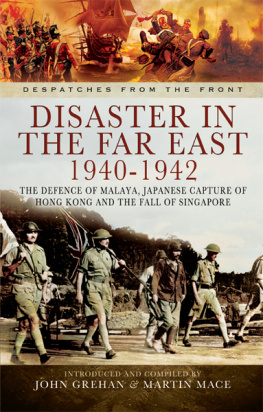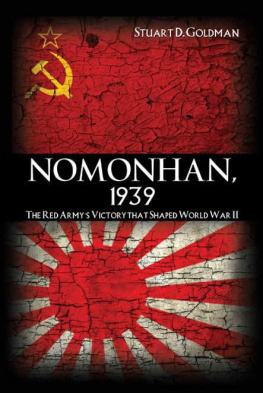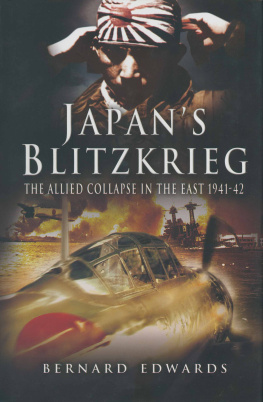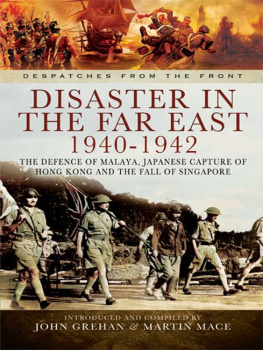
Also by TOM WOMACK
The Dutch Naval Air Force Against Japan: The Defense of the Netherlands East Indies, 19411942 (McFarland, 2006)
The Allied Defense of the Malay Barrier, 19411942
Tom Womack

McFarland & Company, Inc., Publishers
Jefferson, North Carolina
LIBRARY OF CONGRESS CATALOGUING DATA ARE AVAILABLE
BRITISH LIBRARY CATALOGUING DATA ARE AVAILABLE
e-ISBN:978-1-4766-2267-5
2016 Tom Womack. All rights reserved
No part of this book may be reproduced or transmitted in any form or by any means, electronic or mechanical, including photocopying or recording, or by any information storage and retrieval system, without permission in writing from the publisher.
Front cover image: Painting by Joes Wanders showing Van Nes sinking in the Banka Strait, 1970 (courtesy Dutch Navy Museum)
McFarland & Company, Inc., Publishers
Box 611, Jefferson, North Carolina 28640
www.mcfarlandpub.com
For Dad
When I was twenty-something, I asked my father,
When did you start feeling like a grownup?
His response: Never.
Jack Thomas Womack
September 5, 1932February 9, 2009
Preface and Acknowledgments
My interest in military history began in the summer of 1974 at the age of seven. With money earned from my job on the family farm I bought my first plastic model, a Revell 1/32 scale M4 Sherman tank. At the time it didnt matter that I knew absolutely nothing about either the Sherman or the Second World War. All I knew is that it looked really cool and I had fun building it. My parents provided encouragement, but it was it was my first solo war time project. By the time I applied the last decal I was hooked.
Growing up on a dairy farm in central Texas, every Saturday followed the same routine. My brother, sister and I would deposit our weekly paychecks into the local savings and loan before heading to the library. There, we checked out reading material for the upcoming week. Afterwards, our parents took us across the street to the local five and dime. There, I planned my personal conquest of the world with a new bag of plastic soldiers.
It was at that same five and dime where I was first exposed to the Bantam War Books Series. These illustrated paperbacks fueled my interest in military history by leaps and bounds. Each week I purchased a new volume to supplement my stack of history books from the library. The swashbuckling writing style of books like Samurai and The Ragged, Rugged Warriors, by aviation author Martin Caidin, fascinated me.
Within the pages of these books appeared exotic, often unpronounceable names like Java, Tarakan, Balikpapan, Makassar, Borneo, Tjilatjap and Soerabaja. They were part of an immense European colony known as the Netherlands East Indies in December 1941. Yet, few books included more than a paragraph or two about their role in the Pacific War. But it was enough to stoke my curiosity that Holland, a tiny nation with a population of 8.7 million, ruled a colony of some 80 million inhabitants on the far side of the world.
This fragmented introduction was the start of my lifelong interest in the role played by the Netherlands East Indies in the early months of the Pacific War. The colony held enormous reserves of oil and raw materials coveted by the Empire of Japan in the early 1940s. This juxtaposition of Dutch forces fighting Japanese invaders fascinated me. But unlike other battles such as Pearl Harbor, Guadalcanal, Midway, Iwo Jima and Okinawa, Japans invasion of the Netherlands East Indies remains largely unexplored in comparison. As I grew older, so did my desire to learn more.
This text culminates a 30-year process to document Japans invasion of the Netherlands East Indies following their attack on Pearl Harbor in December 1941. Not only does it document battlefield operations, but I have also attempted to synopsize from a Dutch point of view those events before the outbreak of war. As a lesser ally previously displaced by the war in Europe, prewar Dutch goals and strategies regarding a conflict with Japan are largely minimized in English language texts.
Following the publication of my first book, The Dutch Naval Air Force Against Japan: The Defense of the Netherlands East Indies, 19411942, in 2006, I was contacted by numerous veterans of the Pacific War. I heard time and again how grateful they were that someone had remembered them. As these heroes pass away at the rate of nearly 1,000 a day it is more important than ever to tell their story. This is my attempt to correct the many inaccuracies and dispel decades-old myths surrounding this murky phase of the Pacific War in the most complete and accurate manner possible.
My efforts to do so were facilitated by several key developments. As a student at the University of Texas at Austin I took Dutch language classes for two years. I was no longer limited to traditional English language sources that were frequently old and outdated. Then came the Internet revolution and the advent of the World Wide Web. I could now access foreign documents from the comfort of my home office. American, Australian, British, Dutch and Japanese military and diplomatic records shed new light on what is easily the most poorly documented campaign of the Pacific War.
The end result is entirely my own design and I fully accept responsibility for any errors, omissions or related oversights. But I could not possibly have gotten to this point without the assistance of dozens of friends, colleagues and historians worldwide. Via the Internet, related blog sites and personal correspondence they provided input, facts and research. There are far too many contributors over the past three decades to list individually; but do know that all helped immeasurably in one way or another.
That said, I must recognize several individuals who provided invaluable assistance. Mark Jones, who reviewed my first manuscript in 2005, again stepped up. Nine years makes a world of difference in ones scope of family and work commitments, yet he made it a top priority. After 24 years working in communications, I can say with all candor that Mark is one of the best copy editors with whom I have worked.
Ron de Bakker, a former commissioned officer in the Royal Netherlands Navy and merchant marine officer, was also kind enough to review my manuscript. His detailed knowledge of both the Netherlands East Indies campaign and maritime matters helped to identify and clarify various inconsistencies that inevitably work their way into a manuscript of this nature.
Mark and Ron offered immeasurable help in the way of proofreading, editing and fact-checking. Their level of detail and attention to accuracy in reviewing a text of this scope and length was beyond fantastic.
A big thank-you to also goes to Jim West, a first-rate graphic artist in Dallas whom I have known and worked with since 1995. He was creative director at the very first advertising agency at which I worked as a copywriter out of college. All along it was my goal to provide a level of graphic detail above that found in other texts detailing the Netherlands East Indies campaign. Thanks to Jims patience and design skills I was able to make this happen.
I must give a huge acknowledgment to Jan Klootwijk of Den Helder, the Netherlands. He possesses one of the finest private maritime photo archives in existence. I can only imagine Jans initial reaction when he saw my rather lengthy list of desired photos. Nonetheless, he immediately confirmed his ability to help and that he was glad to do so. Jan proceeded to send me nearly 200 high-resolution photos of ships and personnel; many were taken by his late father, former KM sailor Maarten Klootwijk.
Next page
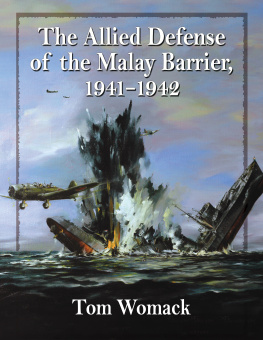
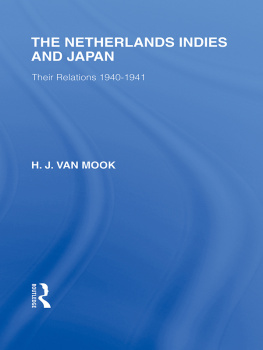

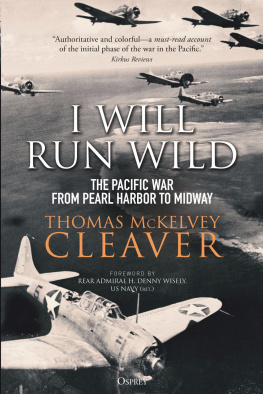
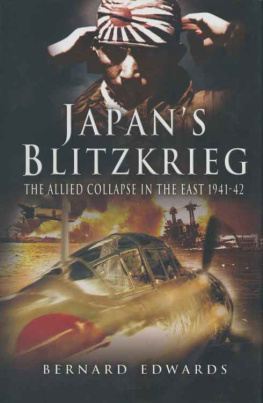
![Haselden Mark - Buffaloes over Singapore: [RAF, RAAF, RNZAF and Dutch Brewster fighters in action over Malaya and the East Indies 1941-42]](/uploads/posts/book/212345/thumbs/haselden-mark-buffaloes-over-singapore-raf.jpg)

